فرآیند آبگیری توضیح داده شد
Preparing the Pipeline for Dewatering
First, technicians shut off the pipeline flow. They then isolate the section that requires dewatering. This step ensures a safe and controlled environment.
Stages of a Dewatering Operation
Initially, operators insert the dewatering pig at the designated entry point. Next, they pressurize the pipeline to propel the pig through it. As it travels, the pig pushes out water and debris.
What Happens After Dewatering?
Once dewatering is complete, crews inspect the pipeline internally. They assess the effectiveness of the cleaning process. Finally, they restore the pipeline to its normal operational state.
Installation and Operation of Dewatering Pigs
Step-by-Step Guide to Installing Dewatering Pigs
Installing a dewatering pig begins with a thorough inspection of the pipeline. This step checks for any damages or obstructions. Next, determine the appropriate type and size of the dewatering pig for your pipeline. This choice depends on the pipeline’s diameter and fluid characteristics.
Once you select the right pig, prepare the launcher, which is a device that inserts the pig into the pipeline. Ensure the launcher is clean and free from any debris that might hinder the pig’s entry. Place the dewatering pig into the launcher carefully, aligning it according to the flow direction.
Now, securely close the launcher’s trap door. This action seals the pig inside. Confirm all connections to the launcher are tight to prevent any leaks. Finally, pressurize the launcher to the required level to start the dewatering operation. Monitor the pressure closely to ensure it remains steady.
Best Practices for Operating Dewatering Pigs
For effective operation, always follow the manufacturer’s guidelines. These instructions include details on pressure settings and operational speeds. Begin the dewatering process at a controlled pace to allow the pig to adjust to the pipeline conditions.
Keep real-time tracking tools active to monitor the pig’s progress through the pipeline. This tracking helps identify any potential stalls or blockages early. If the pig stops unexpectedly, gradually reduce the pressure and inspect the situation using pipeline cameras or sensors.
Always communicate clearly with your team during the operation. This coordination ensures everyone understands their roles and can respond quickly to any changes. After the pig completes its journey, slowly depressurize the system before opening the receiver to extract the pig.
Safety Measures During Operation
Safety is paramount when operating dewatering pigs. Always wear appropriate personal protective equipment (PPE), including helmets, gloves, and safety glasses. Ensure all personnel are aware of the pressure zones and the operational hazards.
Before launching the pig, conduct a safety briefing with all involved staff. This meeting should cover the operation details and emergency procedures. Check all safety valves and pressure relief systems before starting to ensure they function correctly.
Maintain a clear area around the launcher and receiver during operation. This precaution prevents injuries from unexpected pressure releases or equipment failures. Regularly inspect your equipment for signs of wear or damage, and replace any faulty components immediately.
In case of an emergency, know how to quickly shut down operations and depressurize the system. Have emergency contact numbers readily available, and ensure all team members know how to access them.
By following these detailed steps and safety protocols, you can effectively and safely install and operate dewatering pigs, maintaining the integrity and efficiency of your pipeline systems.
سوالات متداول
A. How often should dewatering pigs be used in pipelines?
The frequency of using dewatering pigs in pipelines depends on several factors, including the type of fluid transported, the pipeline’s environment, and the operational conditions. Generally, for maintenance purposes, dewatering is recommended either annually or biannually. However, in systems with high sedimentation or moisture, more frequent dewatering might be necessary.
B. Can dewatering pigs be reused?
Yes, dewatering pigs can often be reused, depending on their type and condition after a run. Foam pigs, for instance, are usually good for multiple uses unless they become too worn or damaged. More robust pigs, like those made from steel, can last for many uses if maintained properly. Always inspect pigs for damage and wear before reusing them.
C. What are the signs that a pipeline needs dewatering?
Signs that a pipeline may require dewatering include a decrease in flow rate, increased pressure at the pump, and changes in the quality of the fluid being transported, such as increased moisture content. Additionally, if maintenance schedules or sensors indicate moisture build-up, it is likely time to schedule dewatering.
D. Are there any pipelines that should not use dewatering pigs?
Pipelines that contain extremely fragile or sensitive systems, or those transporting highly reactive or hazardous materials, may not be suitable for certain types of dewatering pigs, especially if there’s a risk of damaging the pipeline or causing a chemical reaction. Always consult with engineering experts before deploying dewatering pigs in such environments.
E. How do environmental conditions affect the choice of the dewatering pig?
Environmental conditions such as temperature, pressure, and the chemical nature of the pipeline environment can greatly influence the choice of dewatering pig. For instance, in very cold environments, a pig made from materials that can withstand low temperatures without becoming brittle is necessary. Similarly, in highly corrosive environments, choosing a pig with corrosion-resistant features is crucial to ensuring effective dewatering without damaging the pig or the pipeline.


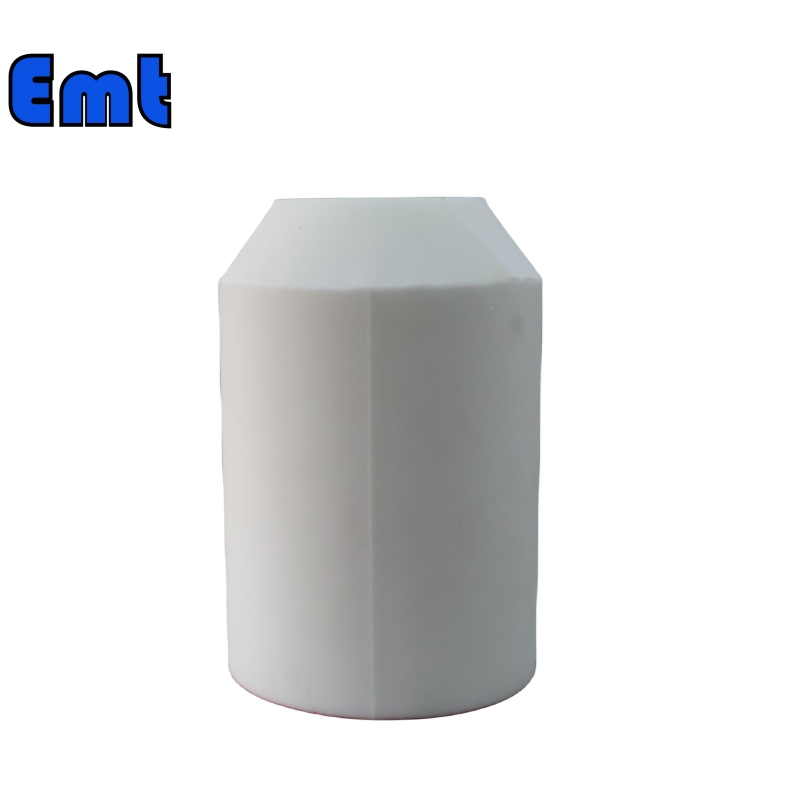


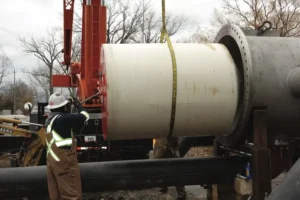
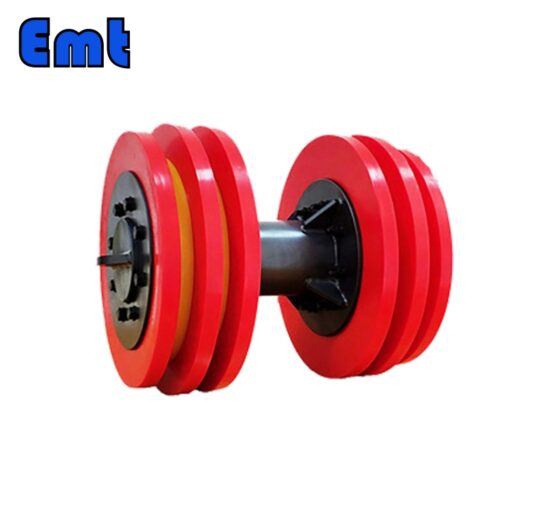
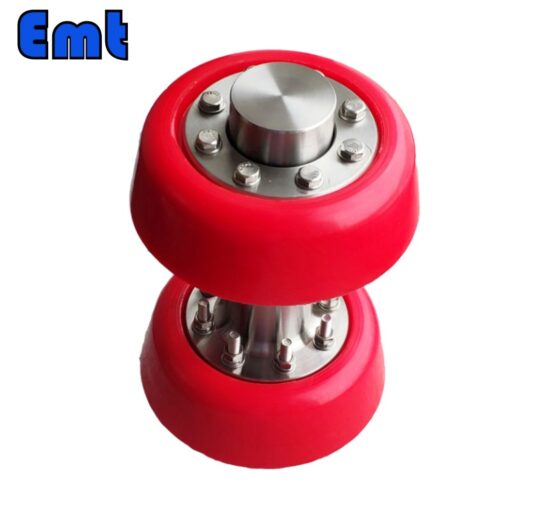
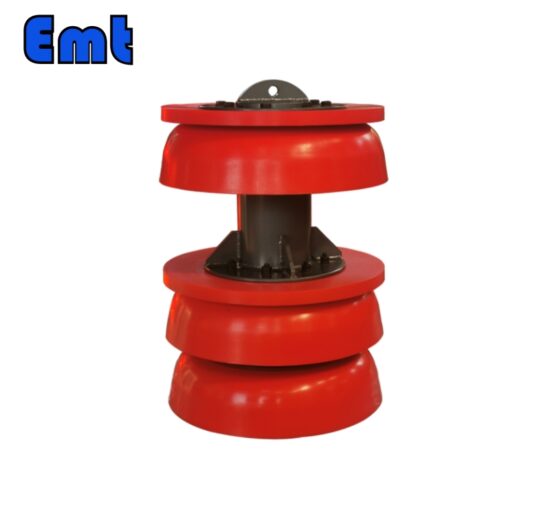
هنوز هیچ بررسی وجود ندارد.